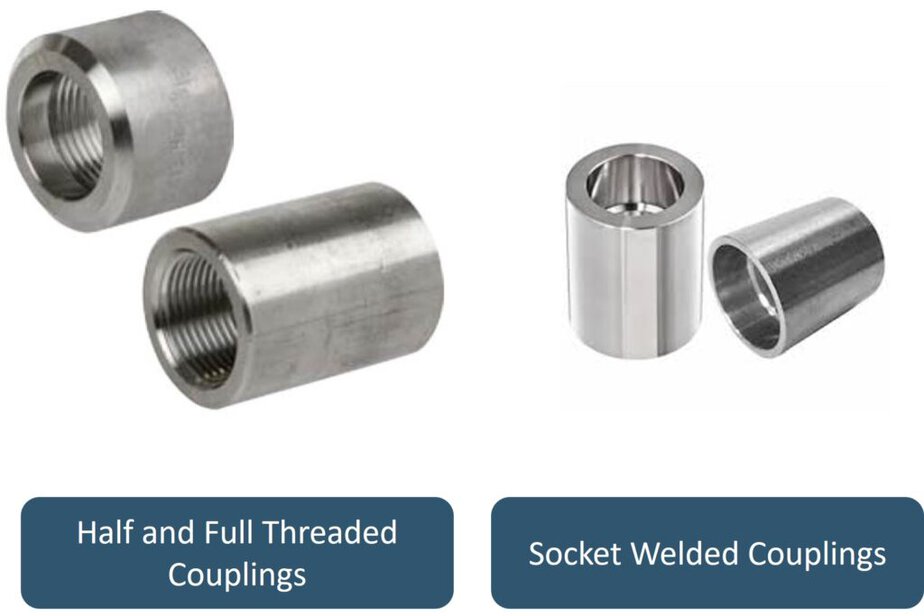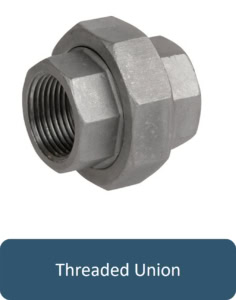Both couplings and unions are used in piping to join two sections of pipe, but they serve different purposes and have unique characteristics.
In the table below you can see the quick difference between coupling and union used in piping.
Table of Contents
Comparison Table Between Coupling and Union.
| Feature | Coupling | Union |
|---|---|---|
| Nature of Connection | Permanent / Semi-permanent connection | Detachable connection |
| Ease of Maintenance | Requires cutting or disassembly | Can be easily disassembled |
| Cost | Less expensive | Slightly more expensive |
| Use Case | Permanent extensions or repairs | Systems needing frequent servicing |
| Structure | Single piece | Three pieces with a locking nut |
What is Coupling?
What it is:
- A coupling is a permanent pipe fitting used to join two pipes together.

Purpose:
- Primarily used for permanent or semi-permanent connections.
- Provides a simple way to extend pipe lengths or repair a broken pipe.
Design:
- Cylindrical in shape and typically threaded (for threaded pipes) or socket-style (for welded pipes).
- No disassembly mechanism; requires cutting or breaking the connection for removal.
Types:
- Full Coupling: Connects two pipes of the same diameter.
- Half Coupling: Joins a smaller pipe to a larger pipe or to equipment.
- Reducing Coupling: Joins two pipes of different diameters.
Advantages:
- Simple design.
- Cost-effective and easy to install.
Disadvantages:
- Once installed, it cannot be easily removed or replaced without cutting the pipe if welded coupling is used.
Pipe FIttings Quiz – Test yourself, Take This Quiz
What is the Union?
What it is:
- A union is a detachable pipe fitting that allows two pipes to be joined and disconnected easily.

Purpose:
- Provides flexibility for maintenance, repair, or inspection without needing to cut the pipes.
Design:
- Consists of three parts: two threaded ends (male and female) and a central nut that locks the two ends together.
- Threaded or socket designs available.
Types:
- Threaded Union: For threaded pipes.
- Flanged Union: Used in high-pressure systems with a gasket for a tight seal.
- Dielectric Union: Prevents galvanic corrosion between pipes made of different metals.
Advantages:
- Easy to assemble and disassemble multiple times.
- Ideal for applications requiring frequent maintenance.
Disadvantages:
- Slightly more expensive than couplings.
- Not as strong as a coupling for permanent installations.

